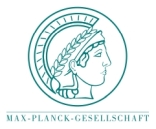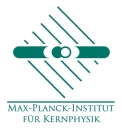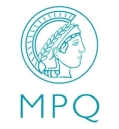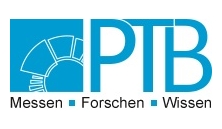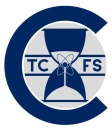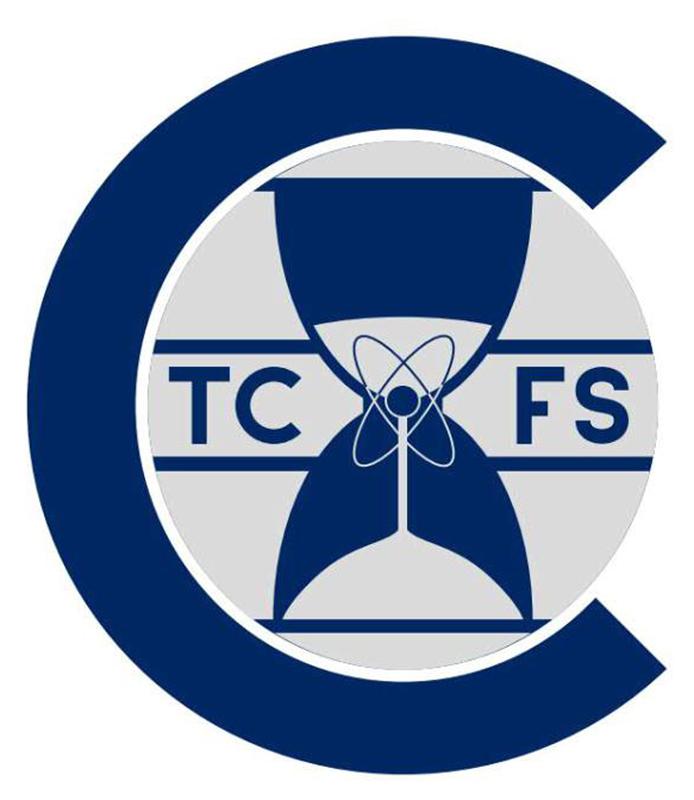Max Planck-RIKEN-PTB Center for
Time, Constants and Fundamental SymmetriesIntroduction
Within the Max Planck-RIKEN-PTB Center for Time, Constants and Fundamental Symmetries the
Max Planck Institute for Nuclear Physics (MPIK, Website ![]() ), the
Max Planck Institute of Quantum Optics (MPQ, Website
), the
Max Planck Institute of Quantum Optics (MPQ, Website ![]() ), the
Physikalisch-Technische Bundesanstalt (PTB, Website
), the
Physikalisch-Technische Bundesanstalt (PTB, Website ![]() ) and
Japan's largest comprehensive research institution
RIKEN (Website
) and
Japan's largest comprehensive research institution
RIKEN (Website ![]() )
foster the synergetic and close collaboration between experimental groups
in atomic physics, antimatter physics, nuclear physics, quantum optics and metrology.
The intensified collaboration between precision measurements teams will allow to tackle fore-front topics in precision measurements
of time and constants of nature, to test fundamental symmetries and contribute to ultra-high precision searches for physics beyond
the Standard Model of particle physics.
)
foster the synergetic and close collaboration between experimental groups
in atomic physics, antimatter physics, nuclear physics, quantum optics and metrology.
The intensified collaboration between precision measurements teams will allow to tackle fore-front topics in precision measurements
of time and constants of nature, to test fundamental symmetries and contribute to ultra-high precision searches for physics beyond
the Standard Model of particle physics.
All involved research institutions have a widely recognized "passion for precision" and outstanding research teams in quantum metrology, clock developments, ultra-high precision atomic spectroscopy, and high-precision experiments using stored and cooled ions in traps. Achievements of the involved groups are, among others, the invention of the optical lattice clock, the most precise trapped ion optical clock, world-leading spectroscopy of the hydrogen 1S–2S transition and the invention of the optical frequency comb, the most precise measurement of the electron and proton mass in atomic units as well as the two most stringent tests of CPT invariance in the baryon sector.
As a result of the synergies produced by this joined research initiative we expect the development of novel experimental techniques which will outperform the state-of-the-art of contemporary experiments. The collaborative projects will provide both, measurements at shorter time scales and improved sensitivity, and thus higher experimental resolution. The collaboration will focus on selected topics from their wide range of research activities. The initiatives will provide optical frequency standards and novel trap spectroscopy methods at unprecedented fractional resolution and ultimately contribute sensitive ultra-low-energy tests of the Standard Model of particle physics and beyond. A key for the success of the center will be an intense collaboration, especially on the students' level with numerous research stays in the involved laboratories and common advanced training schools for the best possible education of our young researchers.
